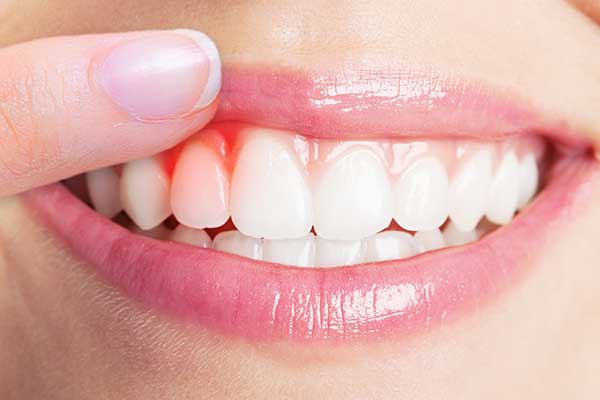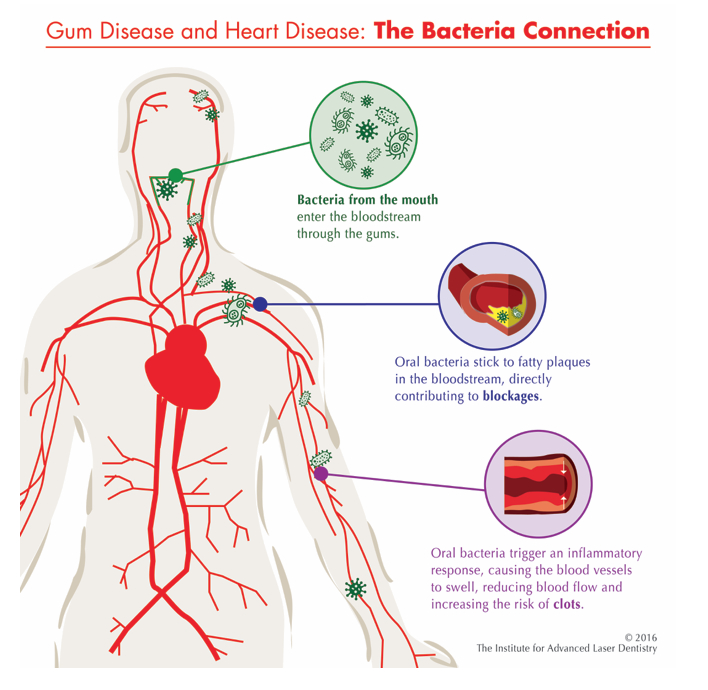
Gum disease is the most common of all dental problems (estimates suggest that upto 80% people could have gum diseases without realising the same) and is also one, which is taken most mildly by people. Gum diseases destroy gum tissue and teeth, and studies indicate that it can lead to strokes, heart attacks, and pregnancy complications.
Gum disease, including gingivitis and periodontitis, are serious infections that can lead to tooth loss if left untreated. Gum disease, also known as periodontal disease, is a chronic bacterial infection that affects the gums and bone supporting the teeth. Gum disease generally doesn’t hurt. You may have it for years before you feel discomfort. Gum disease can affect one tooth or a number of teeth. Gum disease begins when the bacteria in plaque, which is the sticky, colourless film that constantly forms on the teeth, causes the gums to become inflamed.

Gum Disease and your Heart
According to the American Academy of Periodontology, people with gum disease are almost twice as likely to have coronary artery disease (also called heart disease). A study authored by Desvarieux has been published in the Journal of the American Heart Association that studied 657 people without known heart disease. The study found that people who had higher blood levels of certain disease-causing bacteria in the mouth were more likely to have deposits of fat and other substances (atherosclerosis) in the carotid artery in the neck. Clogging and narrowing of these carotid arteries can lead to stroke.
Gum disease treatment choices